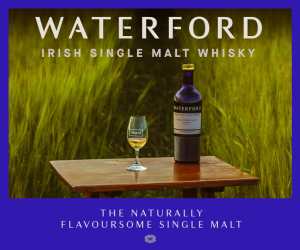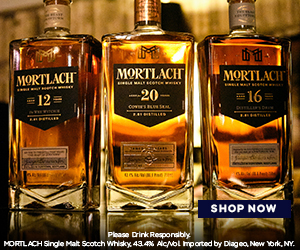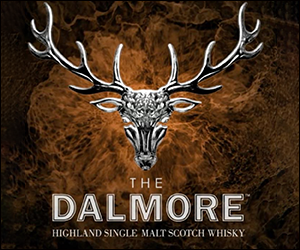Stories
Whisky is a passion to explore. From the history of the spirit to the evolution of the industry, the story of whisky helps fuel that passion. Often, it’s easy to forget that whisky is also a global multibillion dollar industry. The stories of whisky — from news and new releases to in-depth inquires and what goes on behind the label — blend together to help us appreciate the spirit of whisky.
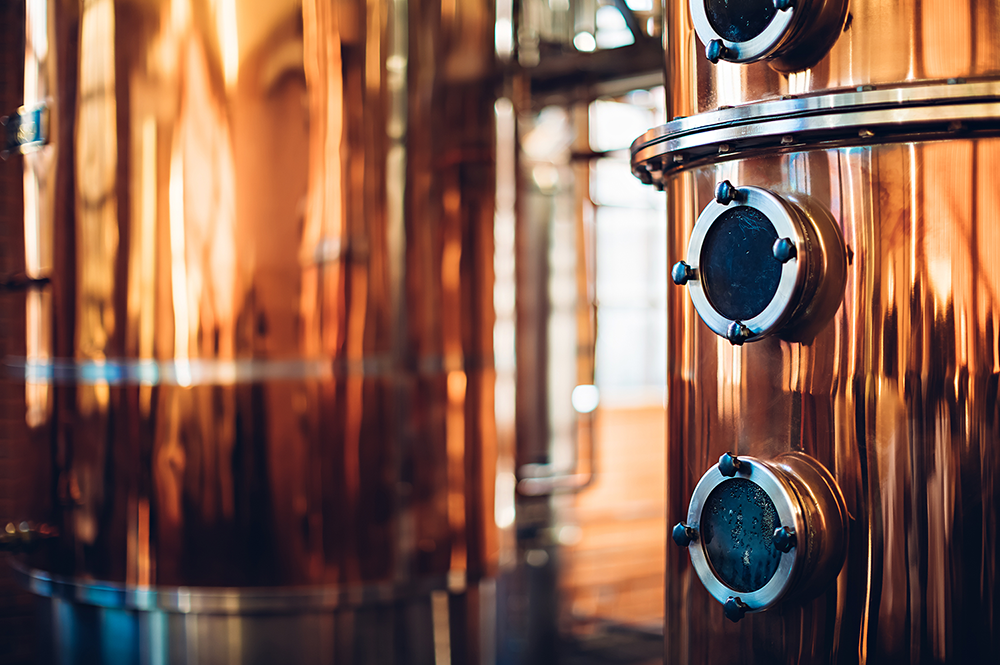
Top 10 Whisky Predictions for 2018
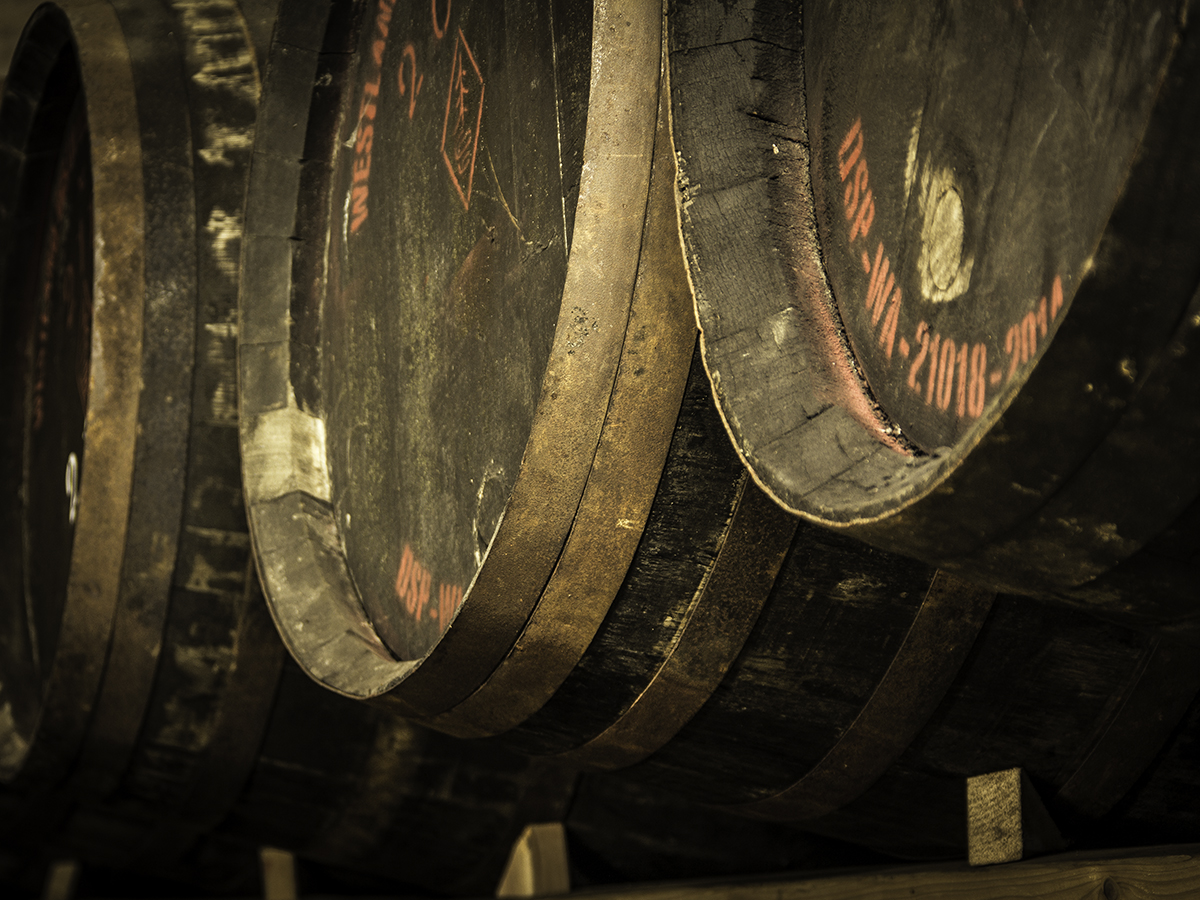
January 2, 2018 – As a journalist, I spend much of my time covering news that has already happened. There isn’t always as much time to anticipate who may or may not “commit news” in the short-term future, and of course, it’s risky to commit predictions to paper – or pixels – for public consumption. On New Year’s Day, one of my Twitter followers, Dave Parker (@MaltTroll), challenged me to do just that, though.

Now, it would be easy to come up with a humorous and possibly even snarky list of predictions, and I’ll even admit that I thought of a few. The hard thing is to come up with ten serious predictions and be able to back them up with logical reasons for each one.
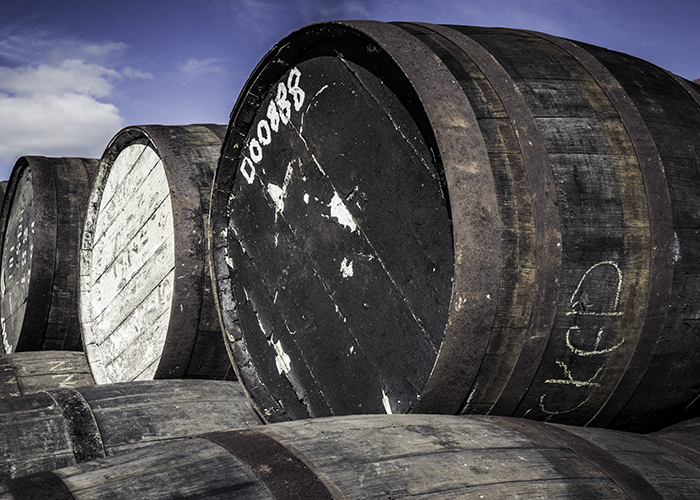
Some of these may not happen until 2019, and some may not happen at all, but I have a bit of a track record for this stuff. Back in 2010 during a session at the World Whiskies Conference in Glasgow, I predicted that one of Scotland’s major distillers would invest in the U.S. craft whiskey sector within five years. My reasoning was based not on the emerging consumer interest in small-scale distilling, but because an investment in a U.S.-based distillery would allow a Scotch Whisky maker to experiment with new product development while neither affecting current production nor running afoul of the laws limiting Scotch Whisky production. Several months later, William Grant & Sons acquired the Hudson Whiskey brands from Tuthilltown Spirits and went on to buy the entire company in 2017. My only regret is that I’ve forgotten the name of the other panelist who laughed at that prediction and promptly bet me £100 that it wouldn’t happen – I’ve never been able to collect on that bet.
That said, here are my ten predictions for what may – or may not – happen in the whisky business during 2018.
1: Whisky prices will continue to go up worldwide as demand increases, especially for rarer expressions.
This one’s a no-brainer, given that whisky prices have been increasing consistently over and above the rate of inflation as worldwide demand for whisky continues to grow. The corollary is that the number of consumers who complain about rising whisky prices will also continue to grow, and I’ll address that later.
2: We’ll see several more acquisitions of small distilleries by the industry giants, but the trend will expand even more outside the USA.
Most of the recent acquisition spree took place in late 2016, with deals closing or being announced in early 2017. Möet Hennessy’s July purchase of Woodinville Whiskey Company in Washington was the only major U.S. deal of the year, but I wouldn’t be surprised to see three or four craft distilleries change hands this year once the impact of the new U.S. tax reform legislation on corporate finances becomes clearer. We don’t have a good handle of how much cash U.S.-based companies like Sazerac and Brown-Forman may be holding overseas for tax reasons, and the changes to the tax code designed to repatriate some of those funds might spur some acquisition deals.
3: Those acquisitions will not just be complete buyouts, but minority investments designed to hedge their bets for the future.
Diageo (Distill Ventures) and Pernod Ricard USA (NBV Investments) both have in-house units looking for investment opportunities in the craft distilling sector. Until now, most of Diageo’s investment has been outside of the U.S., with minority stakes in Denmark’s Stauning Distillery and Starward Distillery in Australia. NBV Investments was responsible for the Smooth Ambler acquisition in late 2016. While that was a complete buyout instead of a minority stake, it was structured in a similar fashion with co-founder John Little remaining in place after the sale closed.
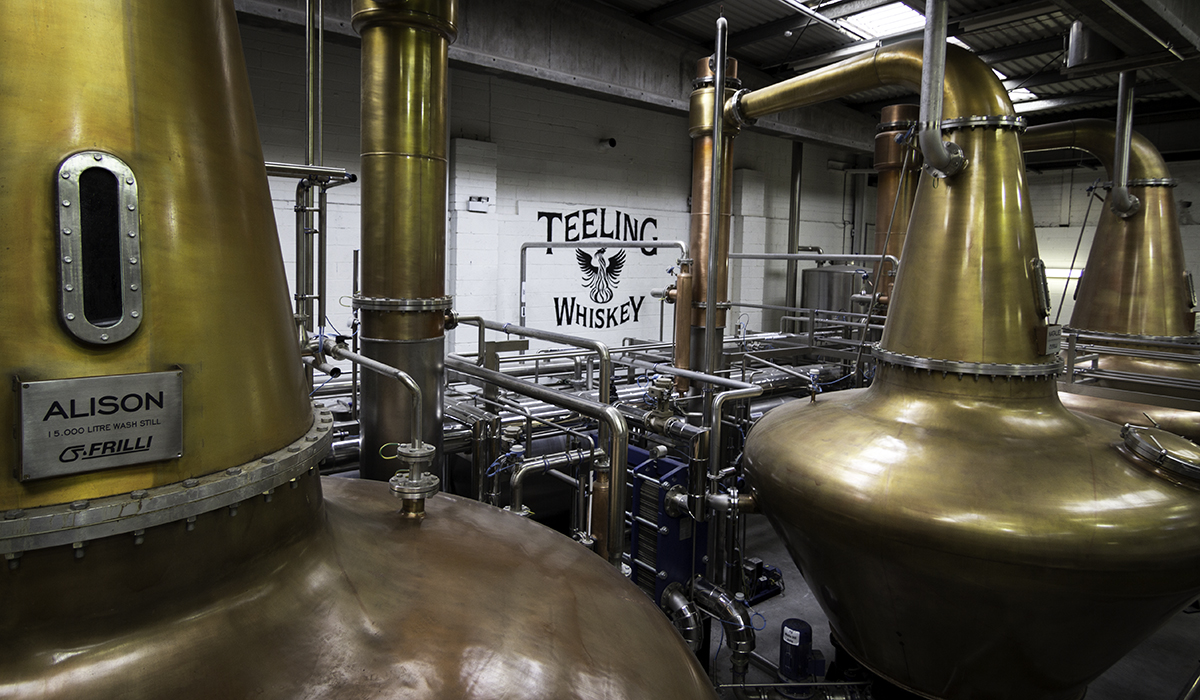
The best example of this in 2017 was Bacardi’s move to acquire a minority stake in Ireland’s Teeling Whiskey Company along with the U.S. distribution rights. That deal gave Bacardi a piece of the growing Irish Whiskey market to go along with its Scotch Whisky (John Dewar & Sons) and Bourbon (Angel’s Envy) portfolio.
4: The flavored whiskey craze will finally start to die (and not too soon!).
Really, folks … how many more flavored whiskey ideas are left, and is there any evidence that consumers are actually moving up from flavored whiskies to “real” whiskies? There will always be a place for them, but this is one area where whisky makers can learn from the vodka sector. Too many flavored products cannibalize the market and confuse consumers, and if there’s one thing the whisky industry needs to avoid, it’s creating any more consumer confusion. We already have enough trouble getting whisky newcomers to understand the difference between Scotch, Bourbon, and “Whisky” – and people who ask for a “Japanese Scotch.” That leads us to…
5: The push for an official “American Single Malt” designation will gain some momentum outside of Washington, but will be caught up in the Trump Administration’s deregulatory push and not be approved this year.
Given that the Trump Administration’s current policy is that “two existing regulations need to die for every new one that’s approved,” I don’t see this happening in 2018. We’ve already seen examples where the Treasury Department’s Tax & Trade Bureau process for approving new American Viticultural Areas (AVA) for winemakers has been affected by the policy. Only one new AVA was approved in 2017, and according to Wine Searcher, 18 more are waiting for final approval, with some on the waiting list since 2015. Given that the TTB has not yet opened a formal rulemaking proposal to add an American Single Malt standard to the Standards of Identity list for whiskies, I don’t see this happening until at least 2019.
6: Look for some of the whisky makers that released no-age-statement whiskies several years ago to gradually bring back 10 or 12-year-old editions as maturing whisky stocks catch up.
We’ve already seen at least two indications of this. Chivas Brothers recently indicated that it will gradually start to reintroduce The Glenlivet 12-year-old single malt in many global markets where it was replaced in 2013 by the no-age-statement Founder’s Reserve. In addition, when it introduced the Ballantine’s Single Malt Collection this fall, all three malts from Glenburgie, Glentauchers, and Miltonduff carried 15-year-old age statements, when it would have been just as easy to introduce them to the market without an age statement.
It’s probably still too early for Nikka to start bringing back age-statement whiskies after supply shortages forced it to replace the entire range with no-age-statement whiskies a couple of years ago. Other distillers that made similar moves are likely to start using age statements as soon as they can.
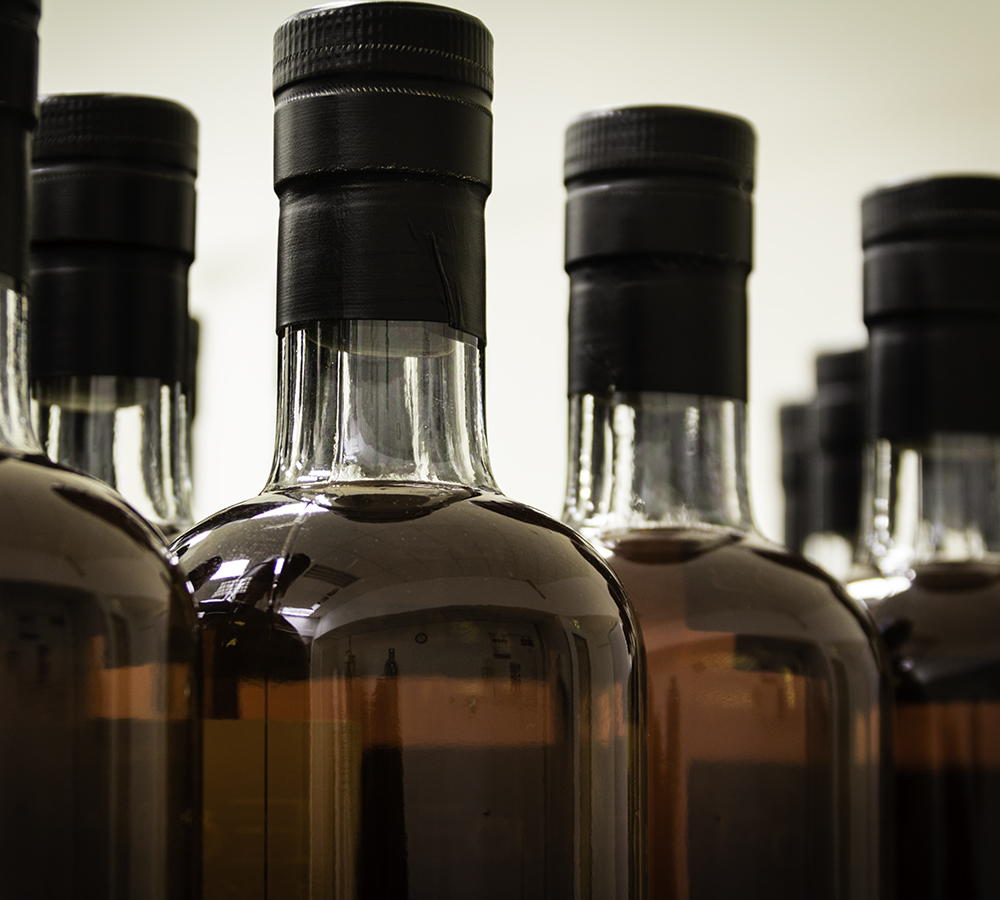
7: Exports of Bourbon and Tennessee whiskies will continue to expand in 2018, but begin to slow down late in the year when the U.S dollar gains strength against the British pound and Euro as the Brexit breakup deadline gets closer.
There’s one word that describes the Brexit mess right now, and it begins with “cluster…” Great Britain’s exit from the European Union comes in March of 2019, and there has been little progress toward a resolution on post-Brexit free trade between the two sides. The markets despise uncertainty, as we saw in June of 2016 when the pound crashed following the U.K.’s Brexit vote. Without some form of a trade agreement in place by the current deadline this autumn, don’t be surprised if the currency traders respond by switching to U.S. dollars in a search for stability (though the U.S. midterm elections in November will bring their own concerns about stability). The pound’s post-Brexit vote crash against the dollar led to increased Scotch Whisky exports to the U.S., while raising prices for Bourbon and Tennessee Whiskey exports to Great Britain. While American whiskey exporters can count on selling to more markets than just Great Britain and Europe, both represent a significant percentage of annual export sales and a late-year slowdown in shipments is not out of the question if currency markets swing on political issues.
8: The long-predicted shakeout in U.S. craft distilling will largely be avoided because of the cut in Federal Excise Tax that should help struggling distillers. Those that do go under would have done so with or without a tax cut because they weren’t financed well to begin with.
While the overall tax reform legislation signed into law just before Christmas has plenty to criticize, depending on where your individual priorities lie, there is no question that small distillers benefitted the most from changes to the tax code. Yes, the big distillers will gain from saving almost $1.1 million dollars in tax on the first 100,000 proof gallons they remove from bonded storage for sale each year, but for distillers that sell millions of cases of whiskey each year, the tax savings will be a blip on the radar for the accountants.
Until now, small-scale distillers have been counting pennies while they wait for their whisky to mature, only to be hit with a whopping tax bill as soon as they’re ready to start selling. For a craft distiller who only removes 25,000 gallons of whisky from bonded storage in a year, the tax bill will drop from $342,500 to just $67,500. That $275,000 in savings could mean the difference between a profitable year or another year of losses for many small-scale distillers.
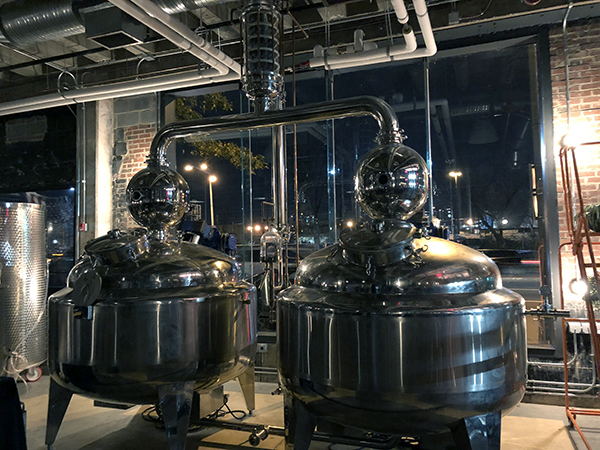
9: Whisky sales in the USA will show slight gains in 2018, but increasing competition from tequila and other brown spirits could be a sign that prices are rising too fast for consumers.
Never underestimate the fickleness of the American consumer. Brand loyalty – especially in the drinks business – is a fantasy, and most people are looking for something new and unusual to drink. They want bragging rights in their circle of friends for being the one to jump on a new trend first, and that’s part of the reason for whisky’s booming sales over the last decade. Given that prices are rising for most whisky categories – especially the premium ones – the point is coming where more consumers will be priced out of the market and start to look for alternatives. While they may switch from mainstream brands to craft whiskies for the “artisan” or “local” flair, many craft whiskies already are priced at premium levels that could discourage some consumers. That opens up a market for producers of tequila, rum, brandy, and other brown spirits to come in at lower prices and take some of whisky’s market share.
10: Look for several of the small distillers in Scotland that have opened in the last 3-5 years (or are being built now) to merge their business operations as a way to save money and create economies of scale for purchasing grain, barrels, bottles, and other commodities.
At least a dozen new distilleries have opened in Scotland over the last three years, and as many as ten more may open this year. Their backers are betting on continued growth of Scotch Whisky sales globally, but the annals of Scotland’s history are filled with stories of distilleries that went under because supplies exceeded demand…and the costs of doing business greatly exceeded revenues.
Here’s another area where distillers might want to remember the past. Back in 1877, six of Scotland’s major distillers merged to form the Distillers Company Limited, which went on to become the dominant force in the Scotch Whisky industry for many years and is one of the ancestors of today’s Diageo. In 1966, the three families that dominated Ireland’s whiskey industry realized they needed to merge together to succeed or all three would fail separately. They formed Irish Distillers, paving the way for the eventual comeback of the Irish Whiskey sector, and their successors are now sharing best practices and techniques with many of Ireland’s startup distilleries.
While each of the small-scale Scottish distillers have their own style of making whisky to meet the expected demand, their chances of future success could be greatly improved by teaming up on the business side. A consortium of small distillers might well be able to negotiate better prices for barrels, grain, bottles, and other commonly-used supplies and services. In addition, shared back-office functions could cut the costs for all members, along with providing technical support and mutual assistance as needed. Distillers have a long tradition of helping each other out when needed, and if investors are willing to put their egos aside, a partnership like this might lead to greater profits in the future.
There are plenty of other predictions that could have been added to this list, such as increased expansion in visitors centers and tourism, along with the overall expansion of distillery capacity, but there also remain plenty of questions to ponder. Will the growth of Taiwan’s Kavalan and other “world whiskies” pose a serious challenge to the industry’s longtime leaders? Will craft distillers continue to increase market share by attracting new consumers, taking sales away from larger brands, or will they feed off each other by competing for the same share of the market? Are we oversaturated with whisky festivals around the world? Will Jim Murray pick a Scotch Whisky as his Whisky of the Year in the 2019 Whisky Bible?
Right now, I’m guessing “maybe,” “all of the above,” “possibly,” and “who cares?” Apply them to those questions as you see fit.
Editor’s note: This commentary reflects Mark Gillespie’s opinions exclusively, and the views expressed here do not necessarily reflect those of WhiskyCast or its sponsors. Our policy is to label commentary as such to avoid confusion with the news stories presented on WhiskyCast.com. All photos ©2018, Mark Gillespie/CaskStrength Media.




